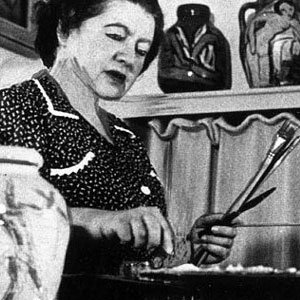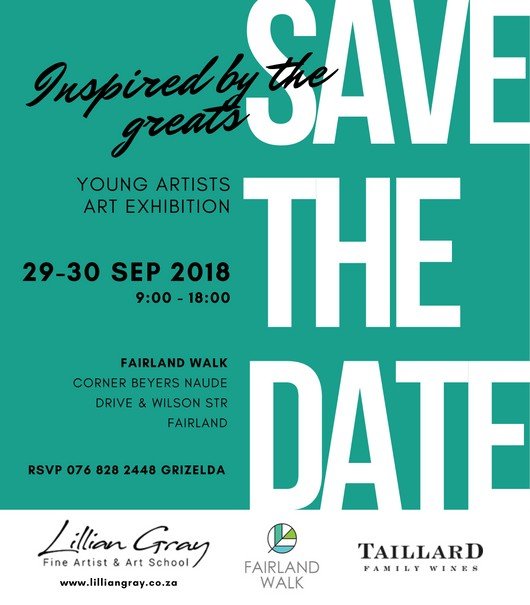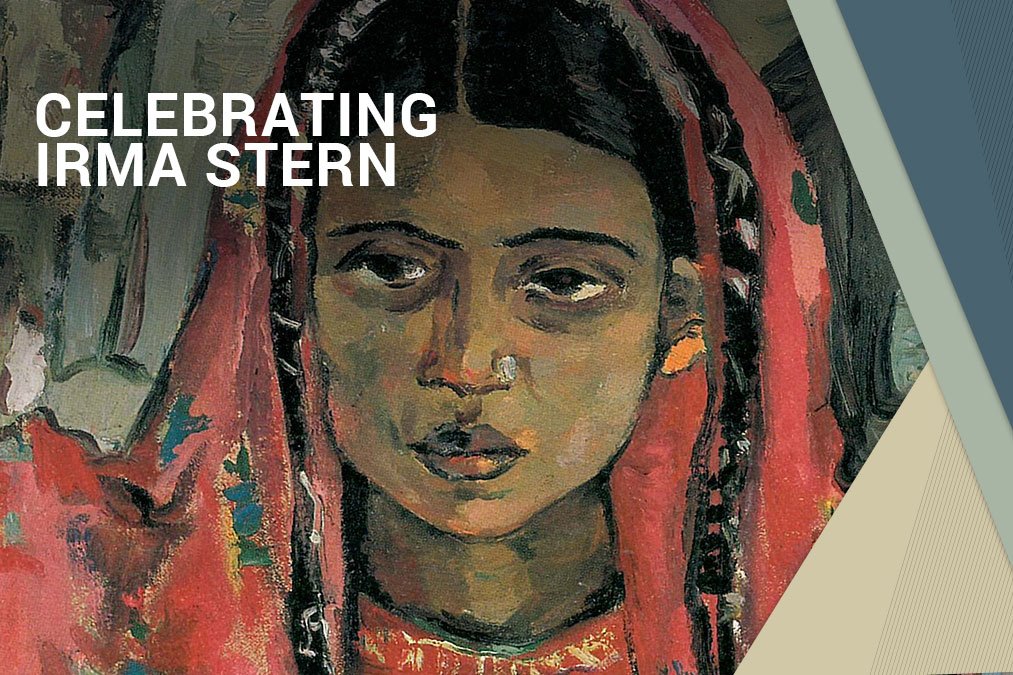No products in the basket.
Art History
Celebrating Irma Stern
Irma Stern is still considered to be South Africa’s foremost artist in terms of public recognition and the record prices that her works fetch at an auction.
At first, misunderstood for her highly individual and Modernist style by the conservative and shockable public of Cape Town, she gradually won acceptance and eventually acclaim. Her strong interest in portraying black people was also a point of public controversy, especially in the 1930s.
Born of Mixed Race
Irma Stern was born in 1894 in the former South African province of Transvaal (Gauteng). The child of Jewish-German parents, Stern’s father made his fortune as a cattle farmer and goods trader to South African gold miners, and Irma and her brother Rudi grew up in relative comfort.
Boer war
Irma’s father was detained during the Boer War. He was soon released, In subsequent years the family farming and business enterprises flourished, affording them a lifestyle which included constant travel between South Africa and Germany. It was on these journeys that Stern first experienced the allure of foreign cultures, which left a lasting impression.
Germany
The family spent the years of the First World War (1914-1918) in Germany. Her stay in Germany during the First World War had a major influence on how she perceived Africa compared what she experienced in Germany during the war. In comparison, Africa appeared idyllic, and her work reflects this view of Africa as “Paradise.” Irma decided to become a painter and was supported in her decision by her parents.
Studying Art in Berlin
She studied in Berlin and Weimer. Her first independent art work The Eternal Child, was rejected by her first teacher and she left to study with the Expressionist, Max Pechstein in 1916 who encouraged and influenced her work and helped arranged her first exhibition in Berlin before she returned to South Africa with her family in 1920.

Not fit for society
On her return to South Africa, equipped with influences from German expressionism she had her first exhibition but that was dismissed as “immoral” and became subject to police investigation. Her work was not understood by the conservative South African art establishment.
Born to Travel & Paint
In the 1930s the rise of Nazism made it impossible for Stern to return to Germany. Instead, she travelled widely across Africa, visiting Senegal in 1938, Zanzibar in 1939, and Congo in 1942. A 1942 exhibition of her Congo pictures in Johannesburg included almost 200 works from that trip.
Prolific Artist
Irma Stern remained passionate and was regarded as an established and excepted artist by the 1940s. Almost one hundred solo exhibitions were held during her lifetime both in South Africa and Europe: including Germany, France, Italy and England.

Finally London
By the time of her death in August 1966, Stern had achieved the level of national recognition she had long sought. But what she had truly desired was to exhibit in London: this, she was convinced, would make her international career. In 1967, a posthumous exhibit of Stern’s work was mounted at London’s Grosvenor galleries.
Highest Record
In recent years, Stern’s works have repeatedly set records for South African artists at auction. On 8 May 2000, one of her works sold at Sotheby’s South Africa in Johannesburg for an all-time record of R1.7 million. This record was soon broken, however, and in March 2007 Stern’s work was sold for R6.6 million. Stern’s Gladioli was sold for an all-time high of R13.3 million in October 2010, but was then followed by the sale of Bahora Girl for R26.7 million later that month – both were also records for sales of South African art at the time. A new South African record was set in March 2011, when a Stern painting sold for R34 million at Bonham’s, London.
Irma Stern ‘s Legacy
She was both a pioneer and rebel in South African art circles as she introduced the conservative South African to Modernism during the 1920’s and managed to shift the prevailing perceptions about art over the following four decades. She travelled widely throughout Europe and Africa. She worked in a wide range of media including oils, watercolour, gouache, charcoal as well as ceramics and sculpture.


